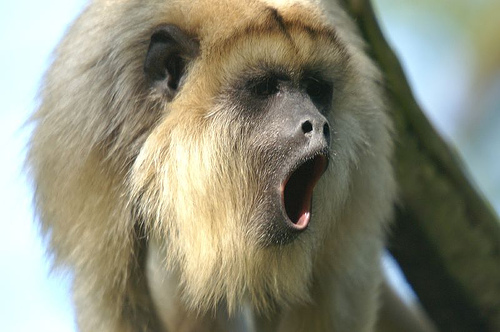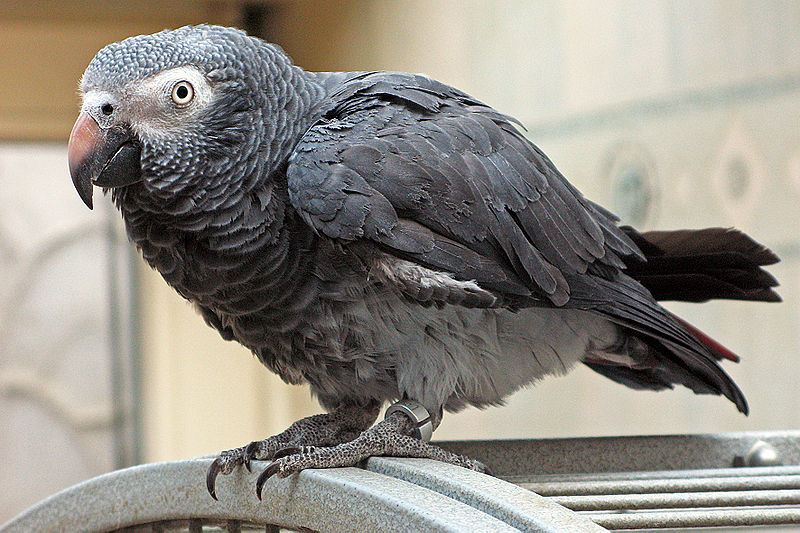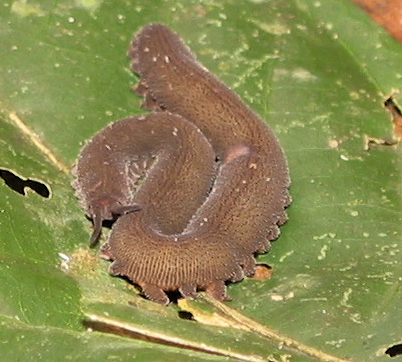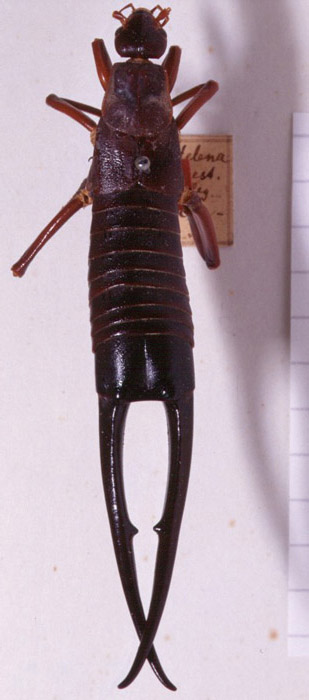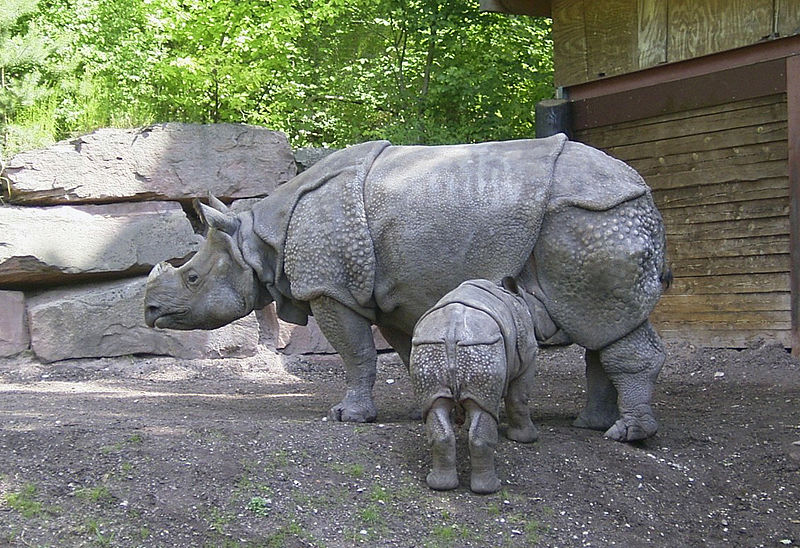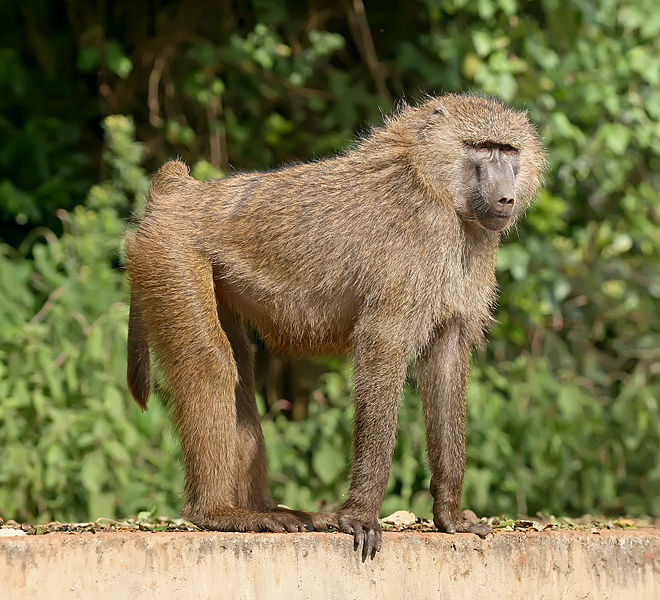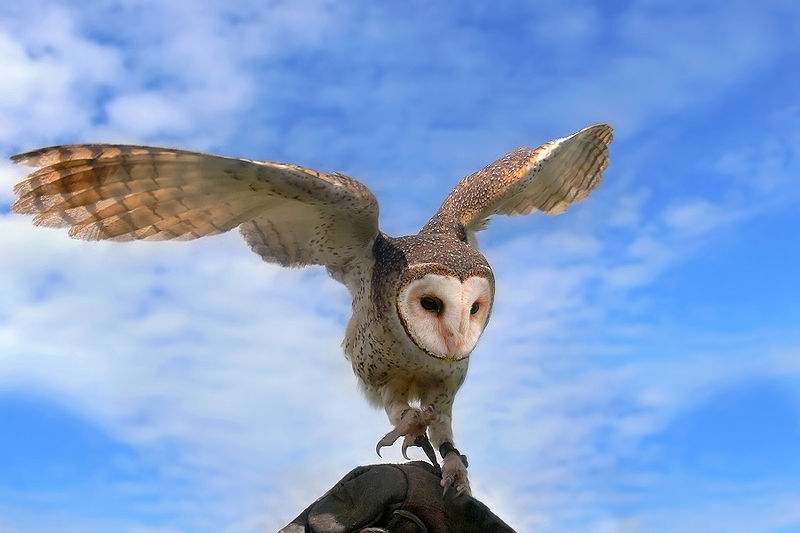
We are past the half way point for Wild Facts this week and to celebrate we are heading to Tasmania to observe the majestic Tasmanian Masked Owl. I really hope we get a chance to see Taz the Tasmanian Devil while we are there. The good news is we will get to be close to ocean since the Tasmanian Masked Owl is not usually found more than 300 km inland. I guess we should bring our snorkel for a little diving while we are waiting for the Masked Owl to come out and play.
The Tasmanian Masked Owl can be found in wet or dry eucalypt forests, woodlands or even in the area next to agricultural fields. Typically this owl prefers to be on the edge of the forest. I hope all of you are prepared to do some serious searching since it may not be easy to spot the Tasmanian Masked Owl. They tend to be secretive and silent birds and of course they are nocturnal so we will need to be up all night. Come on, where did you think the term “night owl” came from?
Like other owls this particular Masked Owl loves feeding on small rodents, which is probably how they received their alternate name, Mouse Owl. Besides mice they will feed on bandicoots, rabbits and even bushtail possums. Since they hunt at night they rely heavily on their acute hearing to locate the scurrying prey. The concave face helps enhance and direct the sound. Who needs ears when you have a bowl shaped face, right?

Although these owls may seem powerful and tough as they swoop down to catch an innocent mouse, they do have a soft and mushy side as well. The Tasmanian Masked Owl will form monogamous pairs and protect their territory together. Isn’t that just romantic! Even more romantic is how the male owl will feed the female for a whopping 42 days while she is incubating the eggs. Now that my friends is true love.
Well, I guess that is enough of a love story for today. Not quite at the same level as Romeo and Juliet but pretty close, if you ask me. Enjoy the rest of the day!

